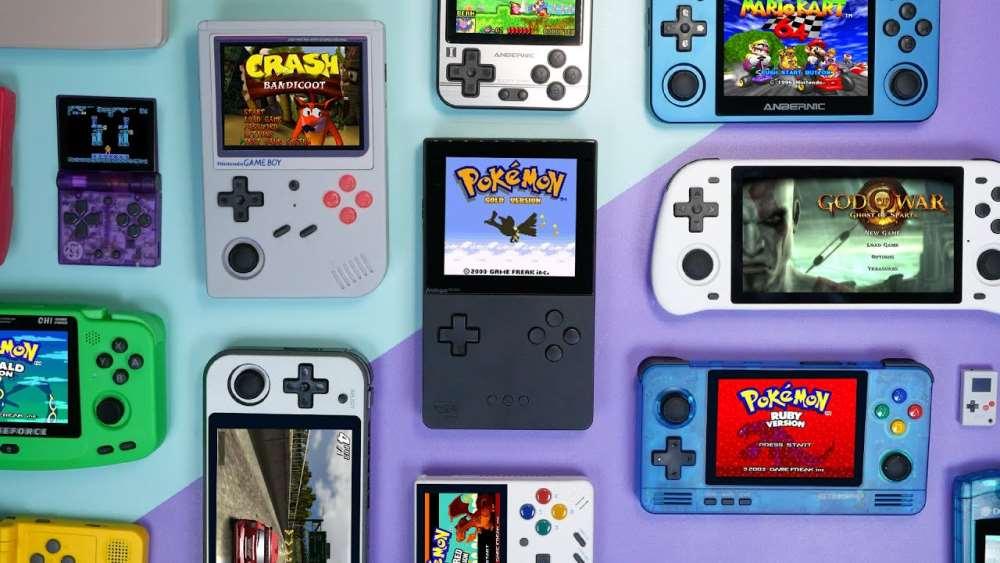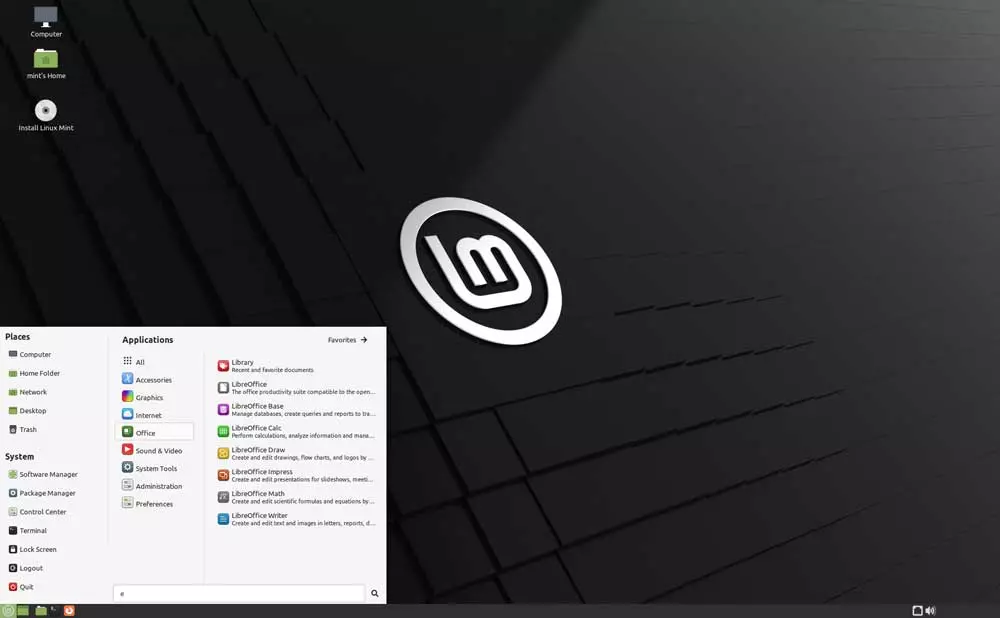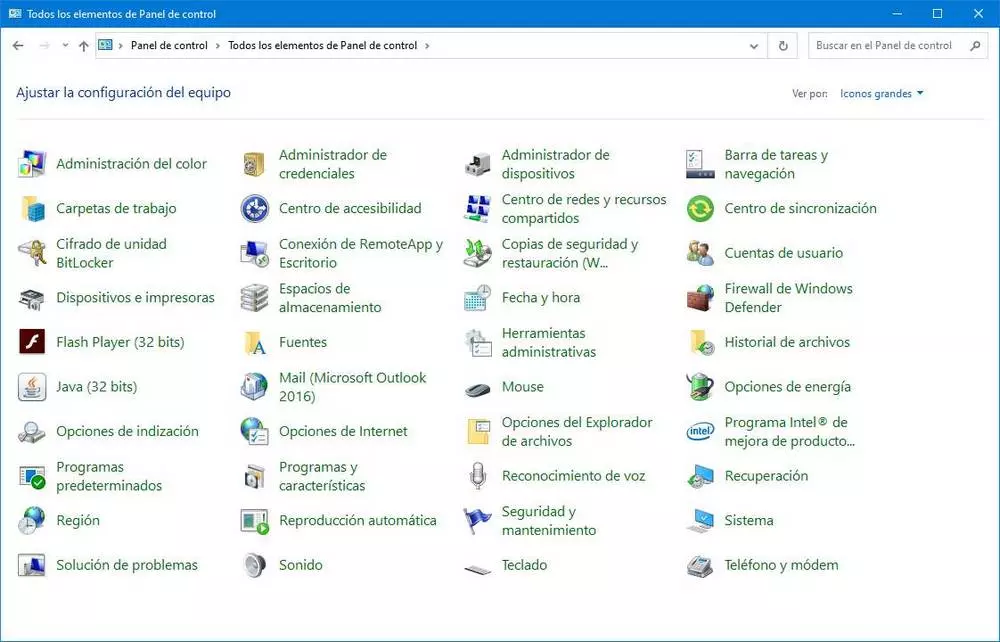
The low-cost retro console market is so full of models that it’s impossible to keep track of all of them. The vast majority are based on chips that have even become outdated for a low-end mobile and, therefore, have to be released in some way. The best? Video game consoles based on the emulation of 8 and 16-bit games, although lately they are giving a quality step to systems a generation or even two more powerful. Well, there is a way to know the capabilities of a system in terms of emulation.
The important thing in a Chinese retro console is its processor
Okay, it may sound like a truism, but if we start to look at the used CPUs, then we will realize that what we have is the same system repeated several times, but with a different keypad and screen. In other words, however, it is not these elements that emulators and ROMS have to execute, but rather the central chip that they carry, and if we do not know how to look carefully, we can find ourselves with a surprise, to say the least unpleasant in terms of performance, given the trend of many manufacturers include systems that the chosen chip cannot emulate well.
That is why, as information, we have decided to make a table of the different processors used in this type of system so that you can be sure that the processor of the retro console that you want to buy can run your favorite system without problems. In any case, we have decided to do without all those models that have an Intel or AMD CPU inside, mainly due to the fact that they are in another price category and their ability to emulate systems of yesteryear does not need to be let’s discuss it.
Will I be able to play my favorite console?
What we have done is take into account the most common chips found in Chinese retro consoles and we have classified them according to their emulation capacity, which is obviously given by two elements: on the one hand, the chosen operating system, either a Linux with Batocera or Emuelec or a version of Android. So ultimately it will also depend on the emulator chosen.
| UNISOC Tiger T618 | Broadcom BCM2710A1 | Broadcom BCM2711 | Rock Chip RK3566 | |
|---|---|---|---|---|
| nintendo 8 bit | YEAH | YEAH | YEAH | YEAH |
| Game Boy (Colour) | YEAH | YEAH | YEAH | YEAH |
| Sega Mega Drive | YEAH | YEAH | YEAH | YEAH |
| Super nintendo | YEAH | YEAH | YEAH | YEAH |
| PlayStation | YEAH | YEAH | YEAH | YEAH |
| Sega Saturn | YEAH | NO | NO | NO |
| Nintendo 64 | YEAH | NO | NO | NO |
| gameboy advance | YEAH | YEAH | YEAH | YEAH |
| Dreamcast | YEAH | NO | NO | NO |
| PSP | YEAH | NO | NO | NO |
| NintendoDS | NO | NO | NO | YEAH |
| GameCube/Wii | NO | NO | NO | NO |
| Nintendo 3DS | NO | NO | NO | NO |
| ps2 | NO | NO | NO | NO |
| Wii U | NO | NO | NO | NO |
| nintendoswitch | NO | NO | NO | NO |
When making the table we have taken into account the full support for a system, this means that all the titles work without performance problems or graphic and sound errors. While some titles may run smoothly due to their low technical requirements to be emulated, these are rare cases and should not be seen as the norm, but rather as the exception. Regarding the choice of chips that we have chosen for the table, they are the most common that can be found in retro systems, being the two Broadcom models the ones used in Raspberry Pi, in case you want to build your own system.




